Reelfoot Lake is the only large natural lake in Tennessee. The shallow waters form one of the most unique lakes in the United States. Reelfoot Lake is actually a system of swamp-like bayous and creeks connected by areas of shallow open water called basins.
A series of violent earthquakes set off the creation of the lake in the early 1800s. As far away as Canada, residents felt the strength of the natural disaster. This caused the Mississippi River to flood its riverbanks and even flow backward for a short period of time. Flooding caused a large chunk of land to sink, which created Lake Reelfoot. These natural disasters remain the largest earthquakes ever recorded in the Eastern United States.
There is so much to learn about this Tennessee lake, including places to explore and activities to do in its waters and on its shores. Let’s get to know Reelfoot Lake!

The United States Department of Interior recognizes Reelfoot Lake as a National Natural Landmark.
©kwan tse/Shutterstock.com
Location
Reelfoot Lake is primarily in the northwest corner of Tennessee in Lake County. It is between Lake and Obion counties. However, two fingers of the 15,000-acre lake extend north into the southwest corner of Kentucky. The lake is within driving distance from Memphis and St. Louis. Tourists as far away as Atlanta, Little Rock, Indianapolis, Chicago, Cincinnati, and Louisville can also enjoy the beautiful waters and landscape in just a day’s drive.
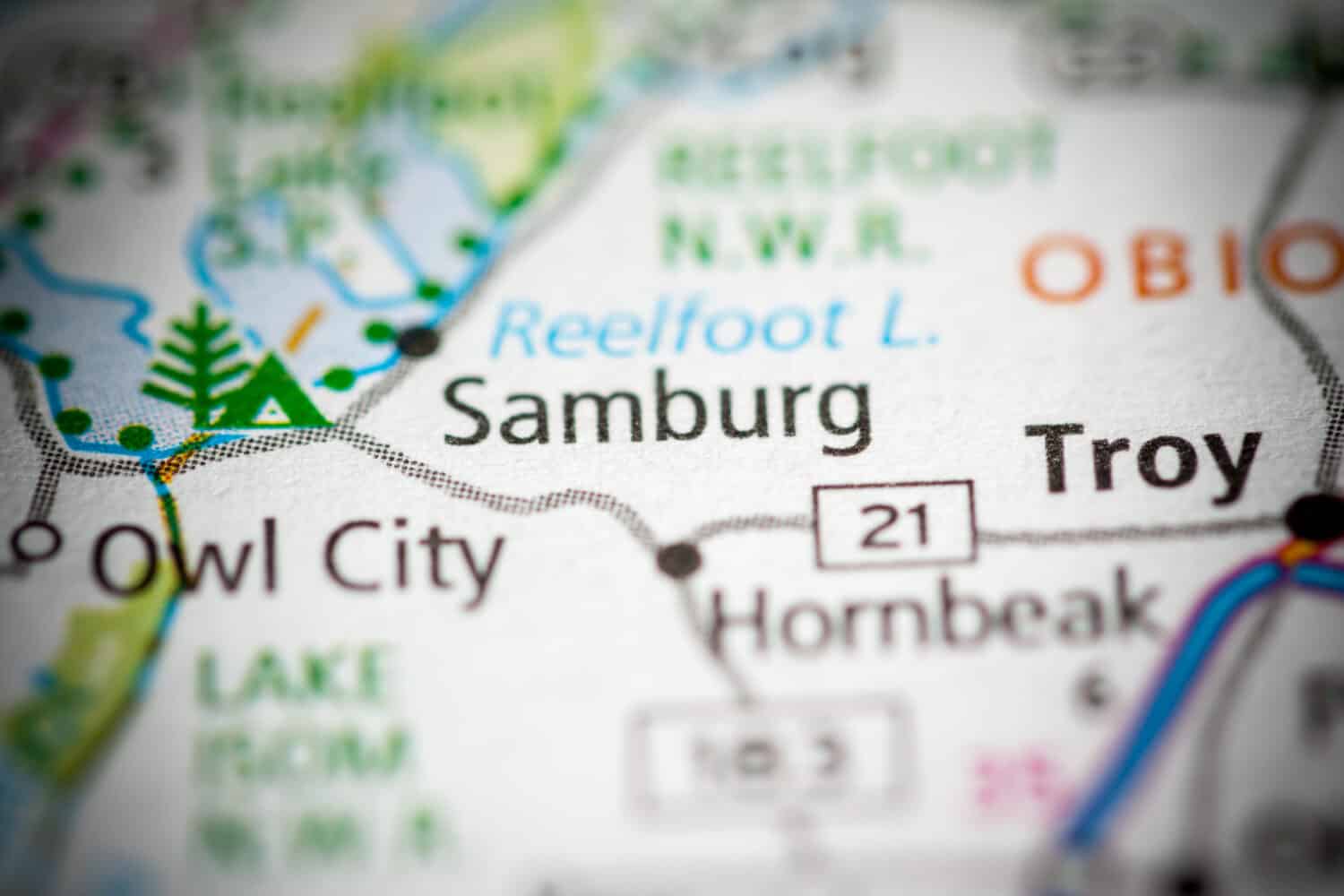
When the Mississippi River flooded, it created a beautiful natural lake for the town of Samburg.
©SevenMaps/Shutterstock.com
History
Massive earthquakes hit the area in the winter of 1811 and 1812. They happened along the faultline in New Madrid, Mo., which extends 120 miles in southeastern Missouri and into northeastern Arkansas. The few European settlers and Native Americans in the area probably thought the world was ending. The earthquakes caused the Mississippi River to flood and even flow backward for 10 to 24 hours! This flooding sank a large part of the land and created Reelfoot Lake.
The region was home to Chickasaw Indians who supposedly gave the lake its name. Reelfoot comes from a Chickasaw Indian legend about a chief by the same name. He had a deformed foot, and though a great leader, he could not find love. So, he stole a bride from a neighboring tribe. This defied his Great Spirit who in turn caused the earthquake that formed the lake. Settlers forced out the Chickasaw tribe in 1818. These settlers made a good living as fishermen and considered the lake public domain.

Few Indians lived in this area before the earthquakes. They only used it for occasional hunting.
©kwan tse/Shutterstock.com
Then, in 1908, the West Tennessee Land Company bought all the land claims surrounding the lake. They asserted that since they owned the shoreline, they also owned the lake. And its fishing rights. This caused bloody violence that started out over the lake and turned into ugly massacres against race. This era of the lake was awful and violent. The only good thing to come out of it was the public’s increased awareness of their right to use lakes.
The state of Tennessee purchased Reelfoot Lake and much of its shoreline in 1914. A law declared the lake public domain allowing people to fish in it regardless of the owner. Then in the 1920s, Tennessee Gov. Austin Peay proposed to purchase thousands of acres of the shoreline. Legislature agreed. This became Tennessee’s first state park, Reelfoot Lake State Park.
Size
Reelfoot Lake is a natural lake created by the water of the Mississippi River. It is 20 miles long and seven miles wide. The 15,000-acre lake is the largest natural lake in Tennessee. The Mississippi River cut off the Bayou de Chien in Kentucky but the remaining southern portion of the bayou feeds Reelfoot Lake. Reelfoot Creek and Indian Creek also are contributing water sources.
The lake waters are regulated by a spillway at its southern end, first constructed in 1930. The Running Reelfoot Bayou flows out of the spillway. It was a controversial structure, and in 1939, residents attempted to blow it but were unsuccessful. The spillway was replaced in 2013 and continues to help regulate the water levels. This helped the overall health of the lake.

The riverbanks of the Mississippi collapsed due to waves caused by the earthquakes.
©Arthur Bullock/Shutterstock.com
Depth
Reelfoot Lake’s average depth is 5.5 feet, and the maximum depth is 18 feet. Sixty-eight percent of the shallow lake is only three feet or less. And these areas are mostly filled with stumps and pockets of vegetation.
The temperature of the lake varies depending on the season and the weather, however, it doesn’t much matter to know because swimming in the lake is not permitted. According to the Tennessee Wildlife Resources Agency, there are no designated swimming areas due to the high density of crayfish and turtles. Also, since the lake is flooded forest land, there are roots, stumps, and other hazards under the water. Though it is shallow, this poses a threat and can cause drownings.
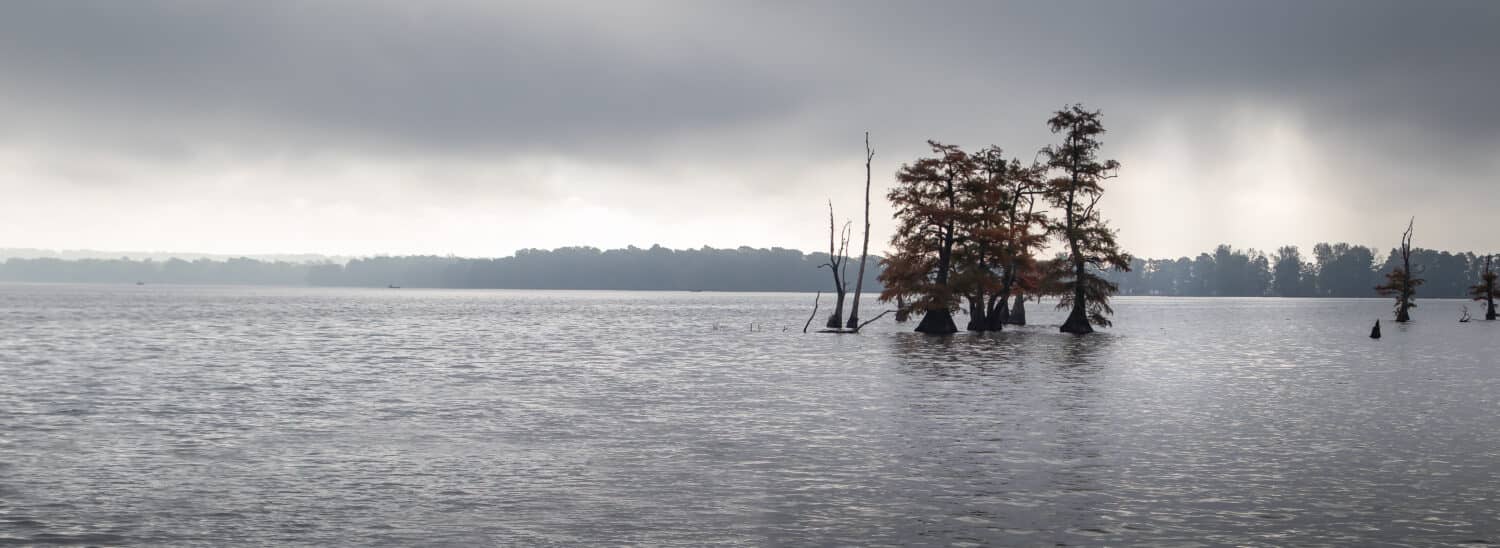
Since swimming is not permitted, a lot of visitors come to the lake for wildlife viewing.
©Kannan Sundaram/Shutterstock.com
Fishing
Reelfoot Lake is a fisherman’s paradise. The shallow water is fertile due to its depths because it has natural cover since trees don’t have to be overall tall to provide shade to its bottom. This makes Reelfoot Lake one of the world’s greatest natural fish hatcheries. Around 54 species of fish can be found in the lake, including bluegills, crappies, largemouth bass, and even catfish.
The lake is separated into four basins connected by narrow channels and ditches. The largest is called Blue Basin, and it is located on the north end of the lake. There is also Swan Basin, Middle Basin, and Buck Basin. There are smaller basins as well, but these are the four main areas of the lake.
Bass
Bass fishing begins in March and continues to late fall. Multiple pieces of bass reside in the lake including smallmouth bass, largemouth bass, striped bass, hybrid striped bass, and yellow bass. Fishermen hit the lake for Bass in early spring to late fall, and can even find them biting well into the summer months.
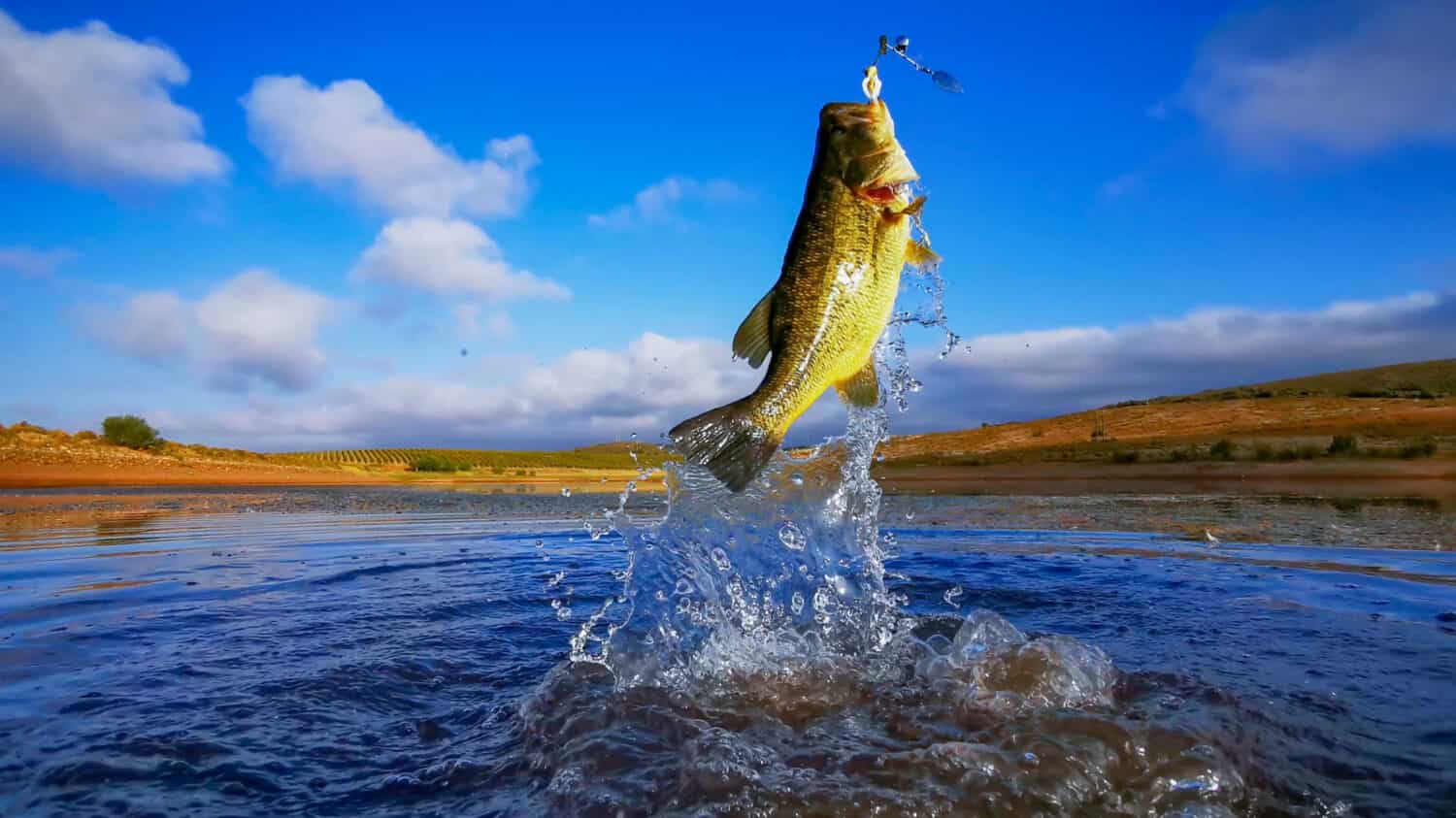
Anglers see thousands of yellow bass in the lake!
©Ryno Botha/Shutterstock.com
Crappie
The lake is also known for its crappie fishery and contains white crappie and black crappie. Crappie fishing starts in early to mid-March, and fishermen find them in the deep-water stumps at this time. The fish migrate to shallow water in April but can be found in deep water stumps until July as well. When fishing for crappie, there is no “best,” but spring is when the fish start to spawn.
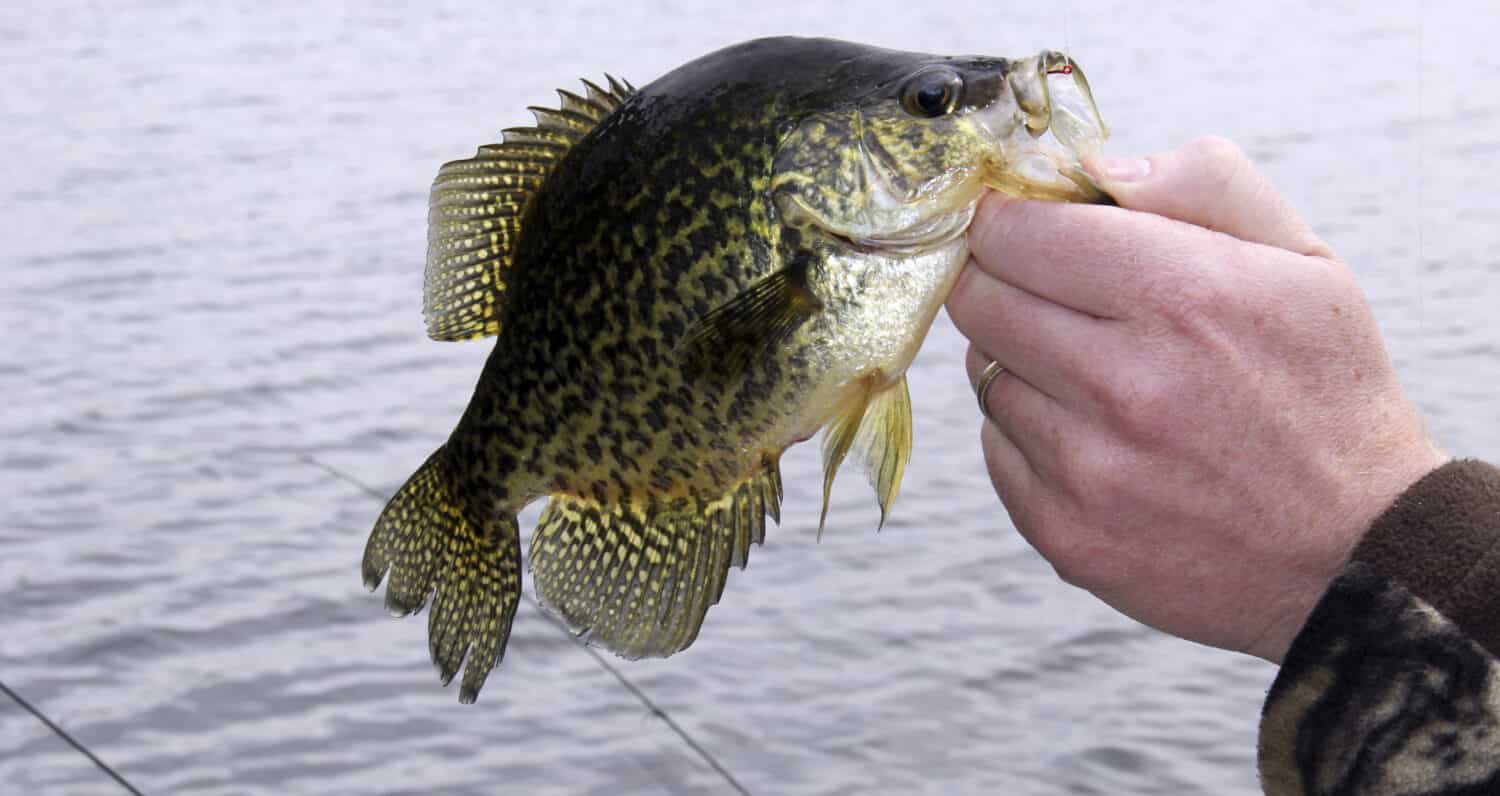
Black crappie can hybridize with white crappie, resulting in a closely related species.
©dcwcreations/Shutterstock.com
Catfish
Catfish are caught from spring to fall, and the species include blue catfish, channel catfish, and flathead catfish. Channel catfish are the most prevalent catfish in the lake. Anglers still fish during the winter months and can usually find catfish around the lake’s cypress trees. During these months, birds roost in the trees, and the catfish feed on the undigested fish in their excrement.
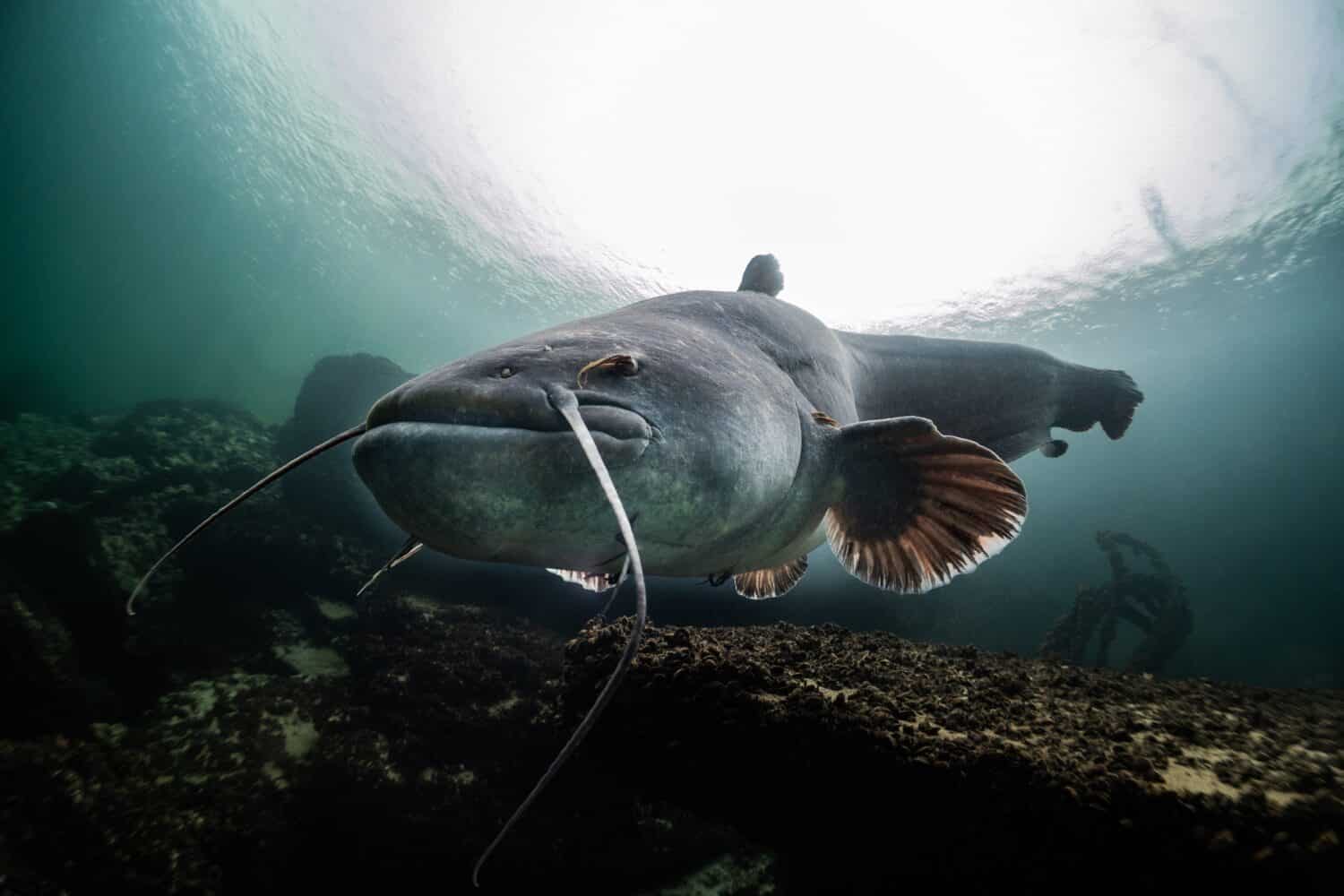
No serious fisherman overlooks Reelfoot Lake as a fishing hole.
©Fabian Glantschnig/Shutterstock.com
Bluegill
Reelfoot is famous for its bluegill fishery. They both rank among the best in the state. In fact, Game & Fish Magazine stated “Reelfoot Lake is the top bluegill fishery in the state of Tennessee,” and “Reelfoot Lake has great bluegill habitat & all four basins of the lake provide excellent bluegill fishing.”
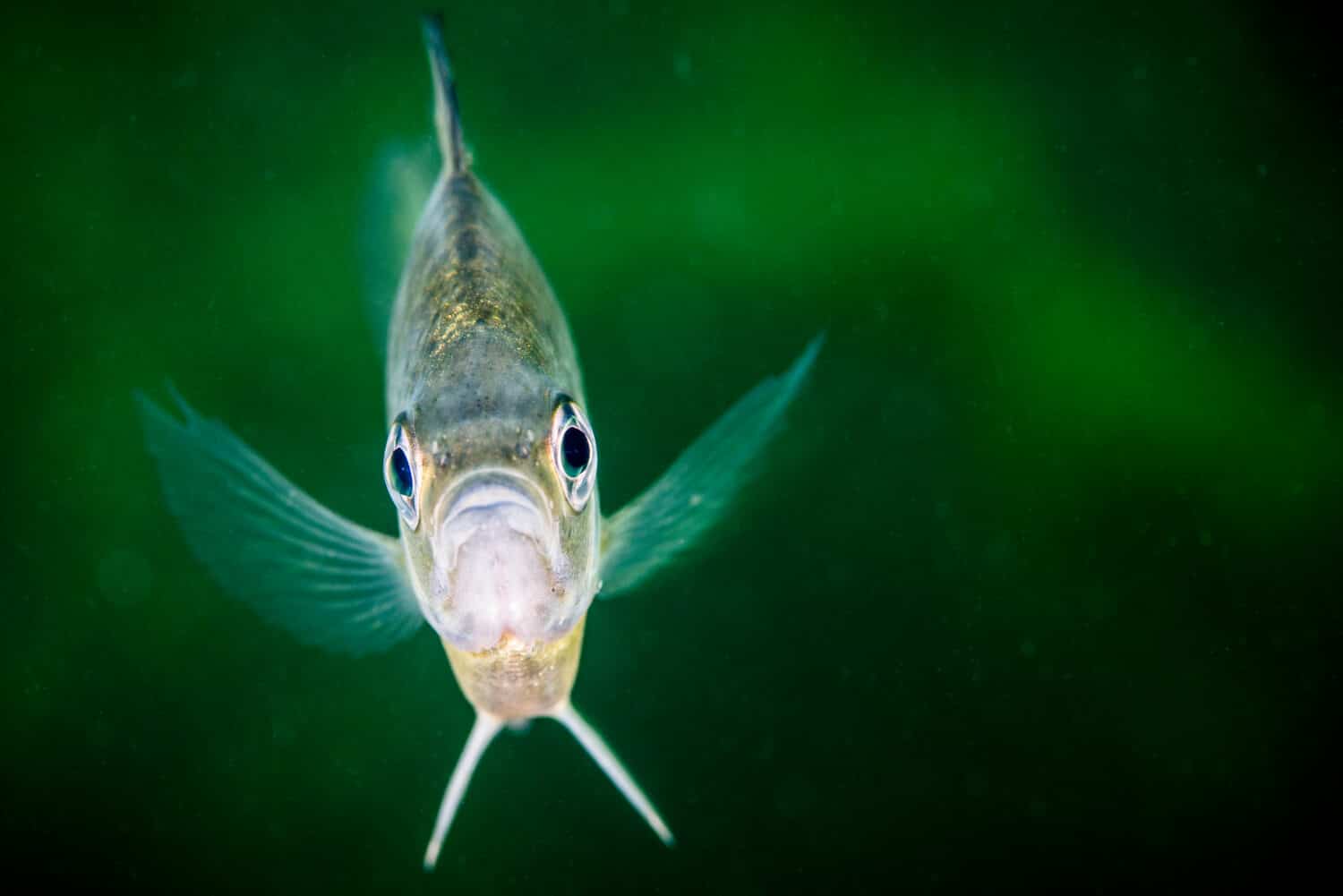
Bluegill is one of the common fish in the lake.
©RLS Photo/Shutterstock.com
Cypress Trees
The lake is covered in underwater trees and countless stumps. It also boasts flats covered with lily pads and other vegetation, but its majestic Cyprus trees are its iconic symbols. The beauties stood tall before the earthquakes created the lake. Even when their roots flooded, the trees continued to thrive. Cypress trees grow in moist soil, not from the bottom of lakes. However, these trees that stood next to Davy Crockett when he hunted continue to grace the lake even after they had sunk upright nearly 200 years ago.
These old trees are in danger due to some of their visitors. Migratory birds, such as the Double Crested Cormorants, roost in the trees and their droppings are acidic to the leaves and branches. These birds don’t have a natural predator in the area. Also, federal law protects them due to killings in high numbers in the ’90s because people found them to be pests and competition for sport fish. The trees die within five to 10 years after the birds make their nest in them. Locals are working with federal agencies to help save the iconic beauties of the lake.

The Cypress trees in the lake are 200 to 600 years old.
©Mark Chatham/Shutterstock.com
Protected Plants
Among the trees of the lake, found in the seasonally flood sloughs and bottoms of the lake and shore are 12 rare plant species among the everyday flora and fauna. Among the plant species are:
- Copper iris (Iris fulva)
- American featherfoil (Hottonia inflata)
- Yellow water crowfoot (Ranunculus longirostris)
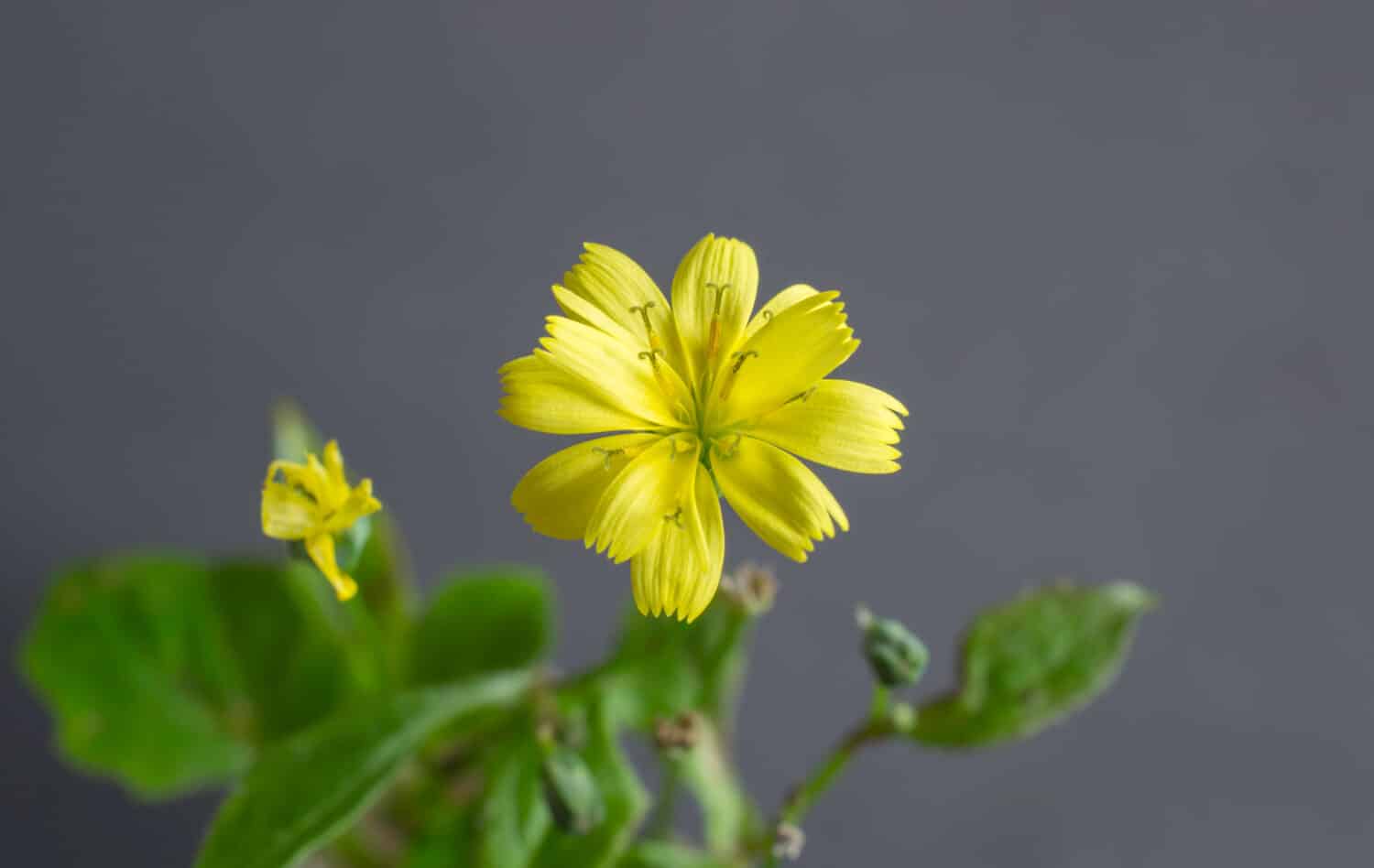
The yellow water crowfoot is part of the spectacular array of plants and wildlife at Reelfoot Lake.
©Philip George Jones/Shutterstock.com
Birdwatching
The diversity of the lake creates a refuge for all types of wildlife that migrate through or inhabit the Mississippi River floodplain. There are at least 14 rare bird species that call Reelfoot Lake home. And over the years, bird watchers reported 270 bird species in the lake area. These include the bald eagle, Swainson’s warbler, peregrine falcon, and Mississippi kite.
Bird watchers consider Reelfoot Lake one of the best places in Tennessee for bird watching. In fact, the Audubon Society designated the lake and its surrounding shoreline an Important Bird Area.
The Migratory Bird Conservation Act established Reelfoot National Wildlife Refuge on Aug. 28, 1941. The Refuge Recreation Act and the Endangered Species Act of 1973 added surrounding lands to the refuge.
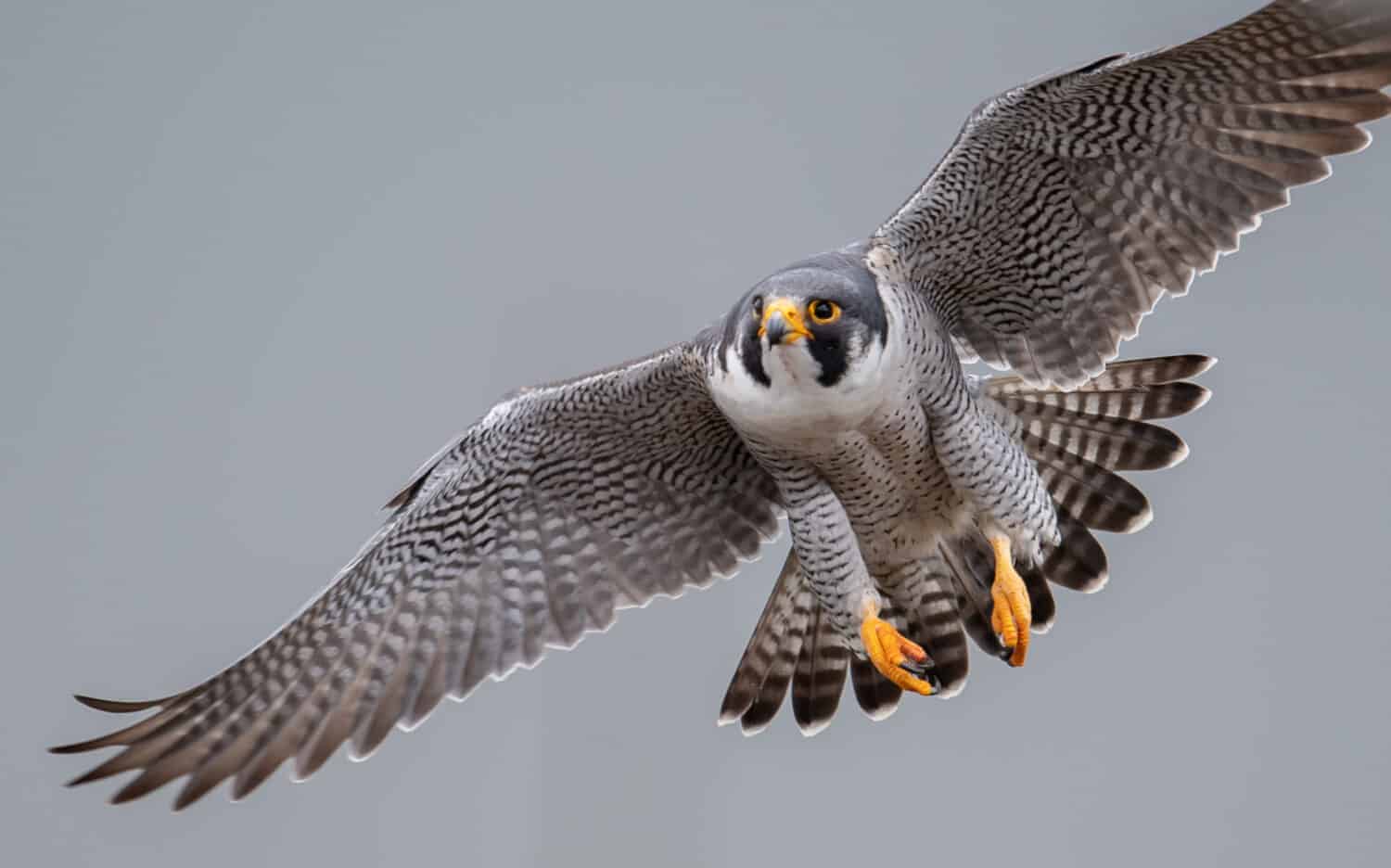
The upper third of Reelfoot Lake is a refuge for migratory birds. It is the Reelfoot National Wildlife Refuge.
©Harry Collins Photography/Shutterstock.com
Bald Eagle
Hundreds of bald eagles perch in the Cyprus trees at Reelfoot Lake. The emblematic American bald eagle migrates to the lake in the winter because that is when waterfowl migrate to the area, so it becomes hunting season for the majestic birds. During the months when most state parks are dominant, the Reelfoot Lake State Park staff offer eagle tours. A New York Times article stated that park ranger Warren Douglas called the lake “eagle-watching headquarters for the whole country.”
There are also hundreds of pairs of eagles that live at Reelfoot Lake year-round. Bald eagles tend to mate for life, so the nesting pairs use the same nests, just adding new additions each year. These gigantic nests rest in the “floating” trees and can weigh over two tons.
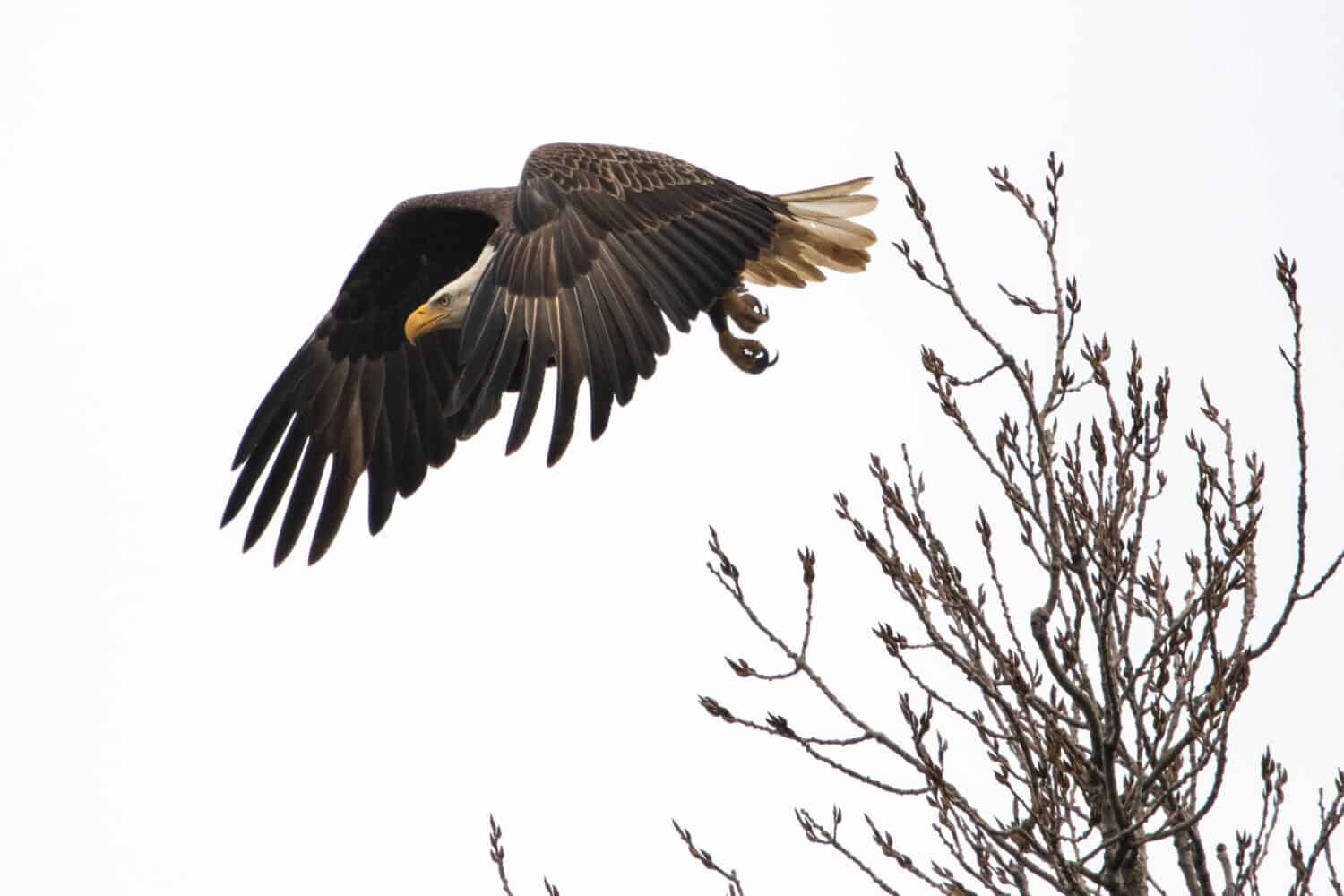
Reelfoot State Park hosts the annual Reelfoot Eagle Festival in February.
©Kannan Sundaram/Shutterstock.com
Other Activities
Boating
Since Reelfoot Lake is a flooded forest, fiberglass boats are not recommended for dodging stumps and logs. Reelfoot Lake Boats also known as “Stumpjumpers” are the oldest tradition on the lake. The boat’s slim and shallow design makes it the perfect vehicle to navigate the many stumps and trees shooting out of the shallow waters of Reelfoot Lake.
The canoe-shaped boats range from 12 feet to 17 feet long. However, the bottom is flat, and the boat has a unique oarlock system that allows angels to sit and face the direction in which they row. Conventional rowing has the rower facing away from the direction they are heading. A single-cylinder engine drives the boat, and the rudder tilts up. This is in case it comes in contact with an object under the water. A sheet of plate steel keeps the propeller from steering off the prop if it hits a stump under the water. Kayaks and canoes are also ideal for fishing in the lake.
Swimming
There is no swimming permitted at Reelfoot Lake.
State Park
The locals who call Reelfoot Lake home depend on the tourism of sportsmen visiting the lake. Fishing season is crucial to the economy, and birders and nature enthusiasts visit to soak in the natural beauty of the region. Reelfoot State Park offers camping, hiking, boating, and guided tours to show visitors the region’s breathtaking beauty. The park is crucial in preserving the natural integrity of the lake and making sure its waters and shoreline stay protected.

The many fishing piers at Reelfoot State Park invite anglers to enjoy the area.
©anthony heflin/Shutterstock.com
Where Is Reelfoot Lake Located on a Map?
Reelfoot Lake is in the northwest corner of Tennessee. The only city on its picturesque shores is Samburg, Tenn. Samburg is the true definition of a small town. The 2020 census recorded 210 residents. According to the United States Census Bureau, the town is 0.8 square miles. And 0.2 square miles of the town is Lake Reelfoot.
The photo featured at the top of this post is © anthony heflin/Shutterstock.com
Thank you for reading! Have some feedback for us? Contact the AZ Animals editorial team.







